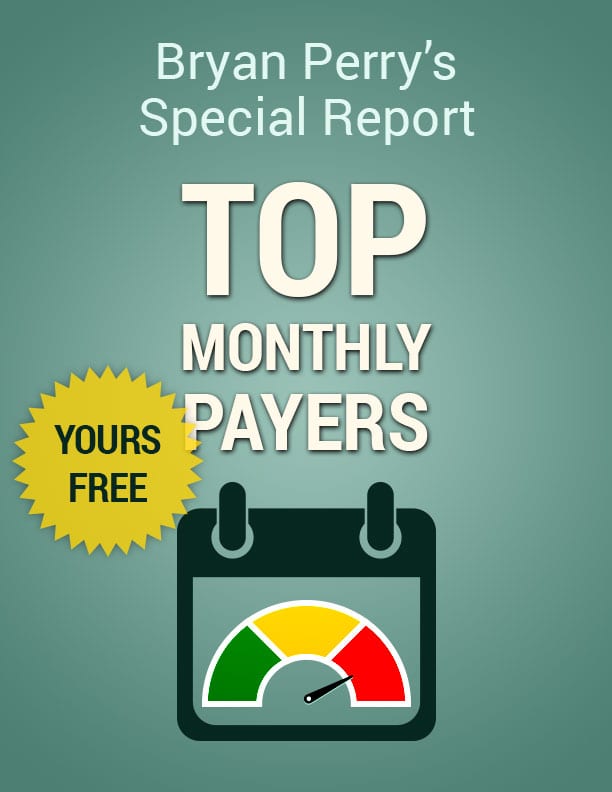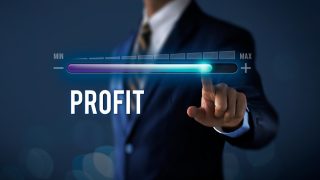This past week, bond king Bill Gross, who now oversees the Janus Global Unconstrained Bond Fund, shed some light on interest rates and how to position yourself in case interest rates start to rise. Interest rates in Germany and other parts of the euro zone are negative going out to six years. Ultimately, there is a connection between low rates and artificially low rates; therefore, equity markets will continue to demand a premium because a five-year German Bund returning less that zero won’t do much for one’s portfolio.
Fed Chair Janet Yellen, other Fed governors, former Treasury Secretary Larry Summers and now the blogging former Fed Chairman Ben Bernanke recently have commented on what a neutral position would be for the Fed Funds rate. That topic also has become a focus of both credit and equity markets. A Fed Funds rate of 3.75% is where the U.S. central bank likely would seek to normalize short-term lending rates. But Bill Gross contends that something along the lines of 2.0% is more realistic because of a high federal deficit and other structural headwinds, such as slow global growth.
The quandary for investors is that prior models of the past 20 or 30 years that the Fed is using are not reliable in today’s world when quantitative easing (QE) serves as an agent of fiscal stimulus. Gross argues that a 3.75% Fed Funds rate will usher in a bear market for bonds, and I, or anyone else, would have a hard time arguing otherwise. At the same time, that 3.75% rate implies domestic economic gross domestic product (GDP) growth north of 4% for several quarters. At this juncture, that growth is a stretch even for the most optimistic bulls.
With growth estimates for the first quarter expected to be in the range of 0.0-1.0% followed by a resumption of growth of 2-3% in the second quarter, Gross adds that it makes sense for corporations to borrow capital at 2.0% and repurchase stock to boost profit growth above 6%. In turn, the companies could afford to raise dividends. It is a model companies are putting to use aggressively to help boost profits and share price.
For 2014, no fewer than 376 share-repurchase initiatives totaling $261 billion were announced, according to data from Birinyi Associates. That’s nearly 72% higher than 2013 and slightly lower than the record. The five largest stock buybacks belong to Apple ($30 billion in 2014 as part of a longer-term $130 billion capital return), Wells Fargo ($17 billion while boosting its dividend rate by 17%), 3M Corp. ($12 billion as part of an overall $22 billion repurchase plan), AT&T ($10.5 billion) and Caterpillar ($1.7 billion). Just these five companies are spending $79 billion on share buybacks.
During the first quarter, Merck’s board of directors approved an additional $10 billion stock buyback plan to the $1.7 billion remaining from the prior repurchase plan. And the parade goes on in a world awash in super-cheap credit for those companies that qualify. Servicing 2% borrowing rates comes easily for Fortune 500 companies. Such low interest rates also have helped to limit any market corrections to less than 10% going back to 2011.
At some point, when the Fed Funds rate does go from close to zero to 1.0-2.0%, the math will change for what now is a golden age of corporate balance sheet management. In addition, the higher the market trades, the more likely companies will invest in long-term projects or acquisitions to grow the top line and raise dividends to maintain competitive yields. With many S&P components paying dividend yields that are 50-100% higher than the 1.9% the 10-year T-note is paying, it’s my view that as long as this formula is in place, there is still plenty of room to run for equity and equity income assets.
Blue chip growth and income stocks are making it an easy decision for investors to choose against going out on the yield curve and getting next to nothing for savings accounts. Pfizer is paying a dividend yield of 3.27%. Current yields are 4.08% for Chevron, 3.1% for Procter & Gamble, 5.7% for AT&T, 3.3% for Coca-Cola and 3.7% for General Electric. When we take it to another level and embrace the high-yield universe, the comparisons to the yields of Treasuries are truly remarkable. This situation makes strategic high-yield investing compelling when cheap capital and ample liquidity are undergirding the market.
For those companies that are in the commercial lending business in this ultra-low-yield environment, the investing proposition is even more attractive. Starwood Property Trust (STWD), a REIT that originates, acquires, finances and manages commercial mortgage loans and other commercial real estate-related debt investments in the United States and Europe, is just the kind of asset that has a rightful place in the Cash Machine model portfolio.
Starwood sports a yield of 7.9%, with better than 90% of the loans it originates of the adjustable rate variety. Thus, if rates do rise from artificial levels to more normalized levels, loan interest will grow along with dividend payments to investors. Positioning rate-sensitive assets is central to the current investment strategy at Cash Machine. As a core holding within the Conservative High-Yield Portfolio, the prospects for harvesting solid income and capital gains from Starwood and stocks like it are promising. Now we just have to wait for the Fed to water our high-yield garden.
In case you missed it, I encourage you to read my e-letter column from last week about why investing in high-yield stocks is smart in volatile markets. I also invite you to comment in the space provided below my commentary.
Upcoming Appearance
I invite you to join me at the MoneyShow Las Vegas, May 12-14, 2015. With stock picking taking on renewed importance as the market shows signs of volatility, this event offers an opportunity to hear from a number of experts, including my Eagle Financial Publications colleagues Mark Skousen, Doug Fabian and Chris Versace.
Be a guest of Eagle Financial Publications and register for FREE by using priority code 038657 and calling 800-970-4355 (toll free in the United States and Canada) or signing up online.




